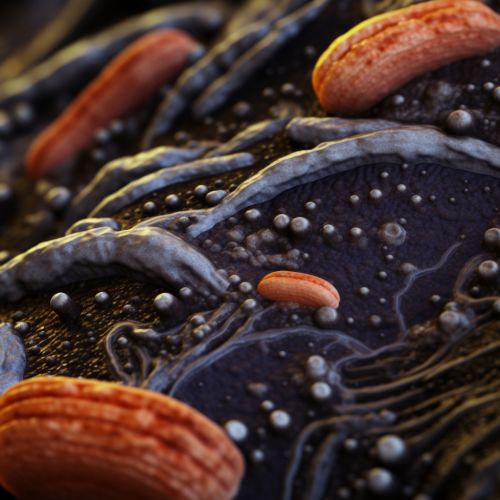Helminths
Introduction
Helminths, also known as parasitic worms, are a diverse group of organisms that are part of the larger phylum of invertebrates known as nematodes, cestodes, and trematodes. These organisms can cause a variety of diseases in humans and animals, collectively referred to as helminthiasis.


Classification
Helminths are typically classified into three main classes: Nematoda (roundworms), Cestoda (tapeworms), and Trematoda (flukes). Each of these classes has unique characteristics and life cycles, and they can cause different types of diseases.
Nematoda
Nematodes, or roundworms, are the most numerous of all the helminths. They are characterized by their long, cylindrical bodies and can range in size from microscopic to over a meter in length. Examples of nematodes include Ascaris lumbricoides, the cause of ascariasis, and Enterobius vermicularis, the cause of pinworm infection.
Cestoda
Cestodes, or tapeworms, are flat, ribbon-like worms that live in the intestines of their hosts. They are characterized by their segmented bodies, each of which can produce eggs. Examples of cestodes include Taenia solium, the pork tapeworm, and Echinococcus granulosus, the cause of hydatid disease.
Trematoda
Trematodes, or flukes, are flat, leaf-shaped worms that live in various organs of their hosts, including the liver, lungs, and blood vessels. They are characterized by their suckers, which they use to attach to their hosts. Examples of trematodes include Schistosoma mansoni, the cause of schistosomiasis, and Fasciola hepatica, the cause of fascioliasis.
Life Cycle
The life cycle of helminths is complex and varies between different species. However, most helminths have a similar life cycle that involves an intermediate host and a definitive host. The intermediate host, often a snail or insect, is where the helminth undergoes its larval development. The definitive host, which is often a mammal, is where the helminth reaches its adult stage and reproduces.
Pathogenesis and Clinical Manifestations
The pathogenesis of helminthic infections is largely dependent on the species of helminth and the host's immune response. In general, helminths cause disease by causing physical damage to tissues, inducing an inflammatory response, or by producing toxins.
Clinical manifestations of helminthic infections can range from mild symptoms such as diarrhea and abdominal pain, to severe complications such as organ damage and malnutrition. In some cases, helminthic infections can be asymptomatic.
Diagnosis and Treatment
Diagnosis of helminthic infections is typically made through the identification of eggs or larvae in stool samples. In some cases, imaging techniques such as ultrasound or CT scan may be used to identify adult worms or cysts in the organs.
Treatment of helminthic infections involves the use of anthelmintic drugs, which kill or expel the worms from the body. In some cases, surgical intervention may be required to remove large worms or cysts.
Prevention and Control
Prevention and control of helminthic infections involve a combination of strategies, including improved sanitation, use of protective clothing, and administration of preventive chemotherapy. In addition, public health education and surveillance are crucial for the control of helminthic infections.
